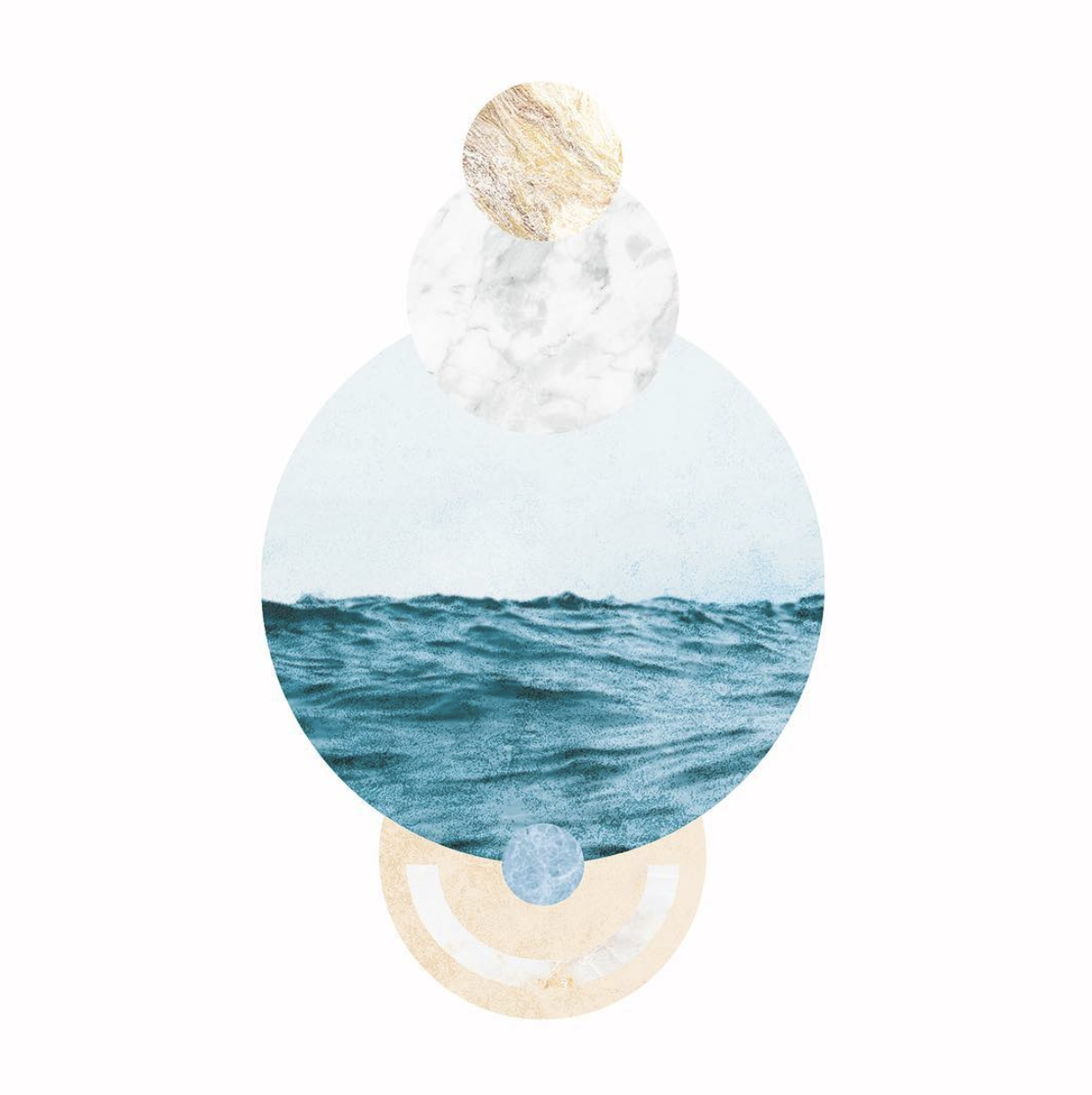Interpreting Your Birth Chart: Ten Steps for Getting Started

Now that you’ve had some time to familiarize yourself with the basics—and if you haven’t, we suggest starting here—it’s time to begin the process of learning to read it. It may seem like a lot of information (and it is) but worry not—practice makes perfect, and self-exploration is always worth the work. First, you need your birth chart. For this, you will need your date, place, and exact time of birth.
1. Begin by identifying where the sun and moon are, as well as which sign was on the ascendant (rising over the eastern horizon) at your time of birth. Study placements these carefully—their house position, the signs they are in, and the aspects they make to other planets. The sun speaks of your primary consciousness and ego. (Example: A Leo sun is creative, spontaneous, and can have flair for the dramatic.) The moon represents your emotional make-up among other things. (Example: Someone with the moon in Taurus is generally emotionally grounded and stable.) The ascendant speaks of physical appearance; it is also the first point of contact through which ones processes the external world. (Example: A Cancer ascendant can be caring and nurturing but can tend to retreat into their shell if they feel unsafe.)
2. Find the ruler of the ascendant—this is your chart ruler. (Example: If you have a Scorpio ascendant, Mars would be the ruler of your chart.)
3. Study the lunation cycle, the relationship between the sun and the moon, in your chart. Is the moon waxing or waning? What phase is the moon in?
4. Where are the nodes in the chart? Locate the north and the south node. Study their signs, houses, aspects, and rulerships. The north node is a point of destiny, pointing to the future; the south node is a point of release and relates with the past. Planets in hard aspects to the nodes— particularly squares—point to what must be resolved in this lifetime.
5. The horizontal line dividing the chart represents the horizon. Are the planets clustered below or above the horizon? Or are the evenly distributed? People with a majority of planets above the horizon will tend to live public lives; planets below the horizon tend to be focused on one’s inner life.
6. What is the distribution of elements and modalities of planets? Is there a majority of planets in an element? Are they evenly distributed? Someone with a majority of planets with fire sign placements will tend to have a fiery disposition, acting on instinct, as opposed to a majority of air-placed planets, which lend to a more analytical or cerebral disposition.
7. Rather than simply try to pin textbook meanings, engage in an entire process of self-inquiry. If you’re studying the moon, ask yourself—What was your relationship with your mother like? How do you nurture? What do you need to feel safe, emotionally and otherwise? Your answers will teach you a lot about your moon placement, sign, and aspects.
8. One of the easiest and most practical ways to study your natal chart is to follow the moon in the sky. As the moon moves through the zodiac each month it moves through all 12 signs and all 12 houses in your natal chart. By tracking the moon and observing your life through its cycles, you will get a sense of the houses and planets in your chart, and how they manifest in your life.
9. Follow planetary transits through houses, aspects to planets, and angles in your natal chart and pay attention to how they manifest in your life. Also look back to previous planetary transits, to recognize (repetitive) patterns.
10. Above all, be patient with a process of self-discovery. Apply your understanding in layers. Nothing happens in a vacuum. A natal chart shows seed potential. With self-awareness, one can choose to respond (rather than react) to life—creatively and consciously.
Art by Becca Reitz
Need some life advice? Speak to a Spiritual Advisor now. Your first 3 minutes are FREE.



